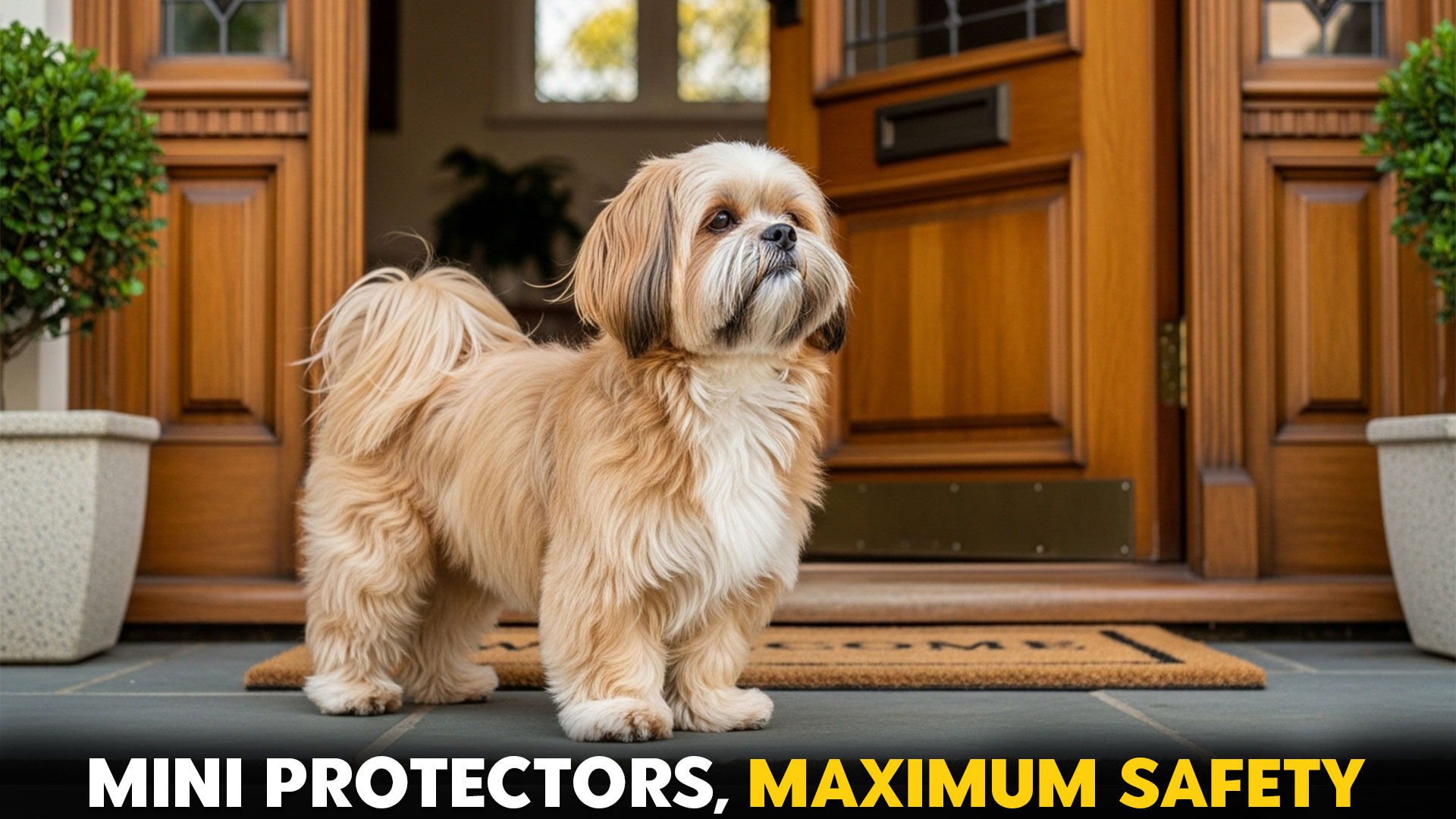Home intrusions make headlines—but did you know many small breeds detect danger long before humans do?
A recent roundup of “small guard dog” breeds notes that certain toy and compact dogs possess hearing ranges over 65,000 Hz—more than triple what people can hear.
These pint-sized protectors may lack sheer strength, yet their vocal vigilance and fearless instincts often act as a first line of defense. Each bark, posture shift, and alert pause is part intuition, part inherited guard instinct.
As guardians, these small dogs combine loyalty with alertness. They bond deeply with their family, and yet remain wary—standing watch through every creak and shadow.
Selecting breeds wisely means weighing temperament, size, training potential, and protective drive. In this article, you’ll meet seven small but great guard dog breeds known for fierce loyalty.
Whether you live in a compact apartment or a suburban yard, a vigilant dog of modest size can still keep your home safe and your heart reassured.
Small Protective Dog Breeds For Safety and Loyalty
1. Miniature Schnauzer
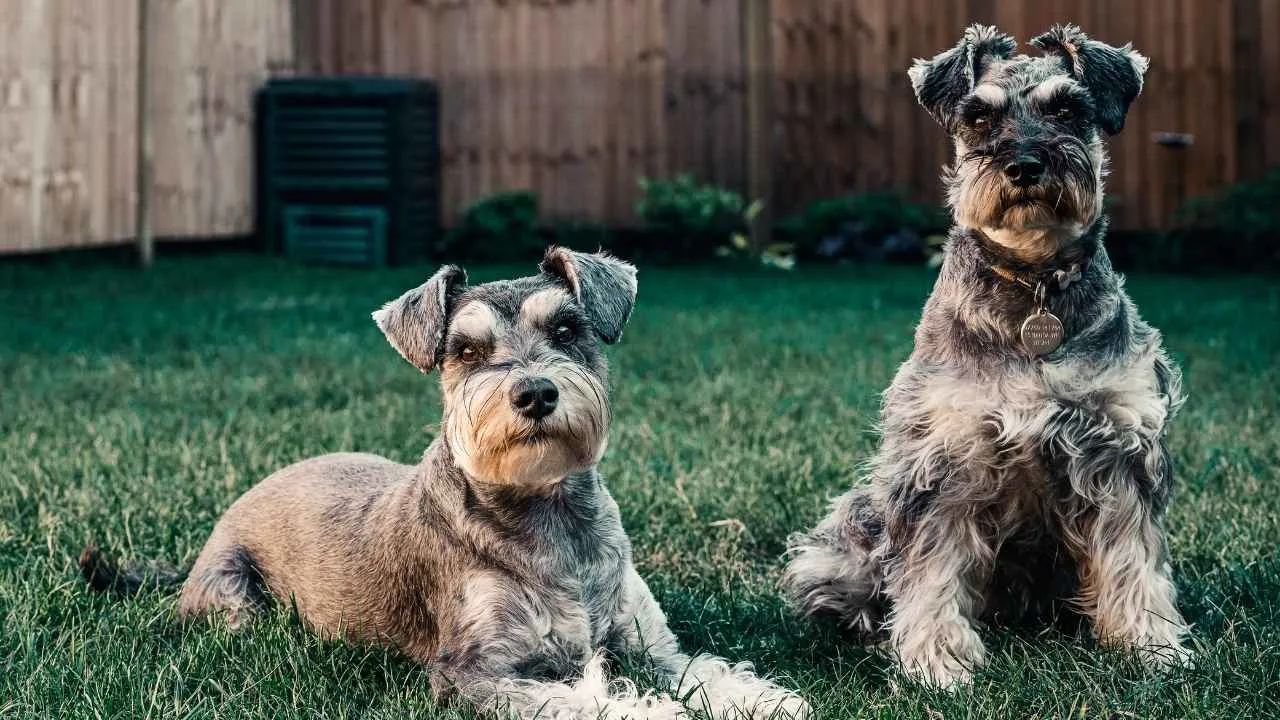
Originally developed in late 19th-century Germany, the Miniature Schnauzer descended from the Standard Schnauzer and small breeds like the Affenpinscher or Miniature Pinscher to create a compact, effective ratting and watchdog breed. Over time, it was refined and officially recognized by kennel clubs for its versatility as a small farm dog.
This breed is intelligent, spirited, and alert, typically standing around 11–14 inches tall with a wiry double coat. They respond well to consistent training and possess a natural protective drive without being overly aggressive.
Vocal alertness: Frequent barking when sensing intrusion
Territorial attitude: Strong instinct to guard home perimeter
Family suitability: Good with children and families if socialized
WebMD claims that it is best suited to owners who can provide mental stimulation and consistent leadership. In smaller homes or apartments, regular exercise is essential. This breed thrives where it can integrate into daily life while still taking on a watchdog role.
2. Lhasa Apso
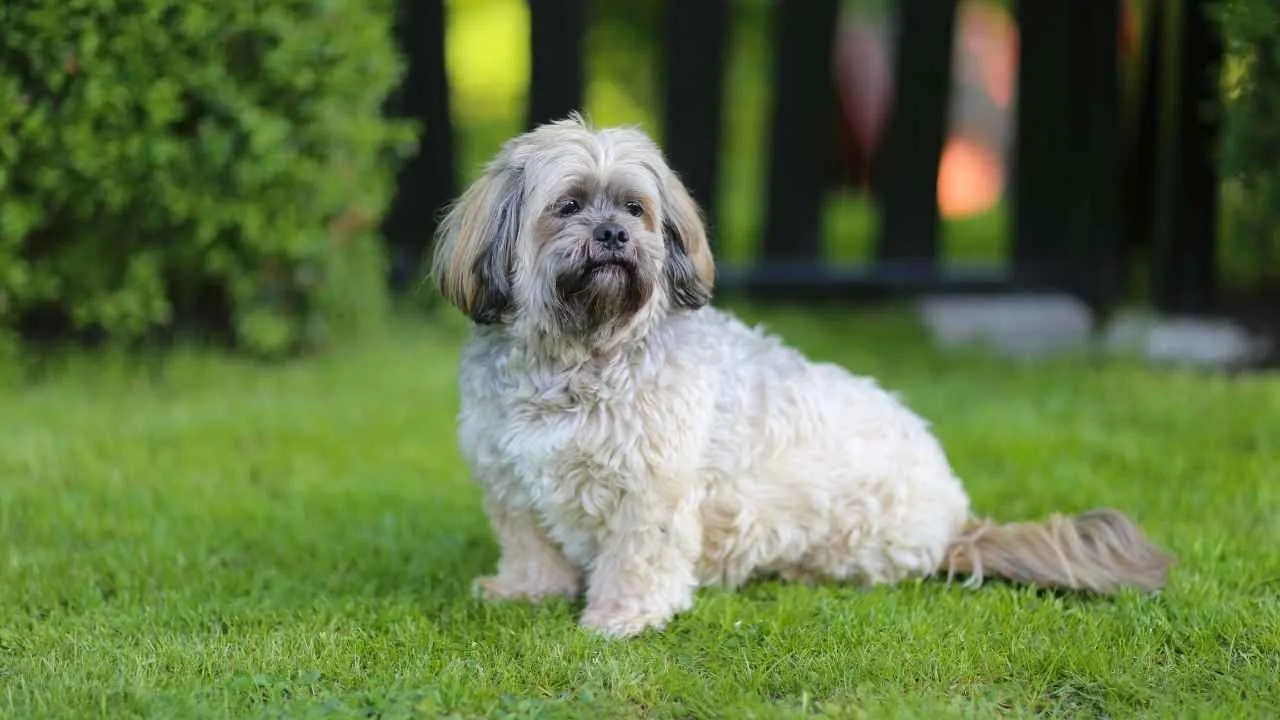
The Lhasa Apso traces its roots back over a thousand years in Tibet, where it served as an indoor sentinel in monasteries and palaces, alerting monks when someone passed unnoticed.
It was later brought to the West in the early 20th century and standardized by breed clubs. This compact dog typically weighs 12–15 pounds and has a long, dense coat. Temperament is alert, independent, and sometimes aloof, yet deeply loyal.
Vocal alertness: Keen to bark at unfamiliar noises
Territorial attitude: Cautious around strangers, quick to warn
Family suitability: Bonds strongly to family, may test boundaries!
Purina suggests that it is ideal for an owner who values both loyalty and a moderate challenge in training. Lhasas need grooming, commitment, and clear structure. They suit homes that can manage their coat care, and environments where their alert nature is appreciated rather than seen as a nuisance.
3. Miniature Pinscher
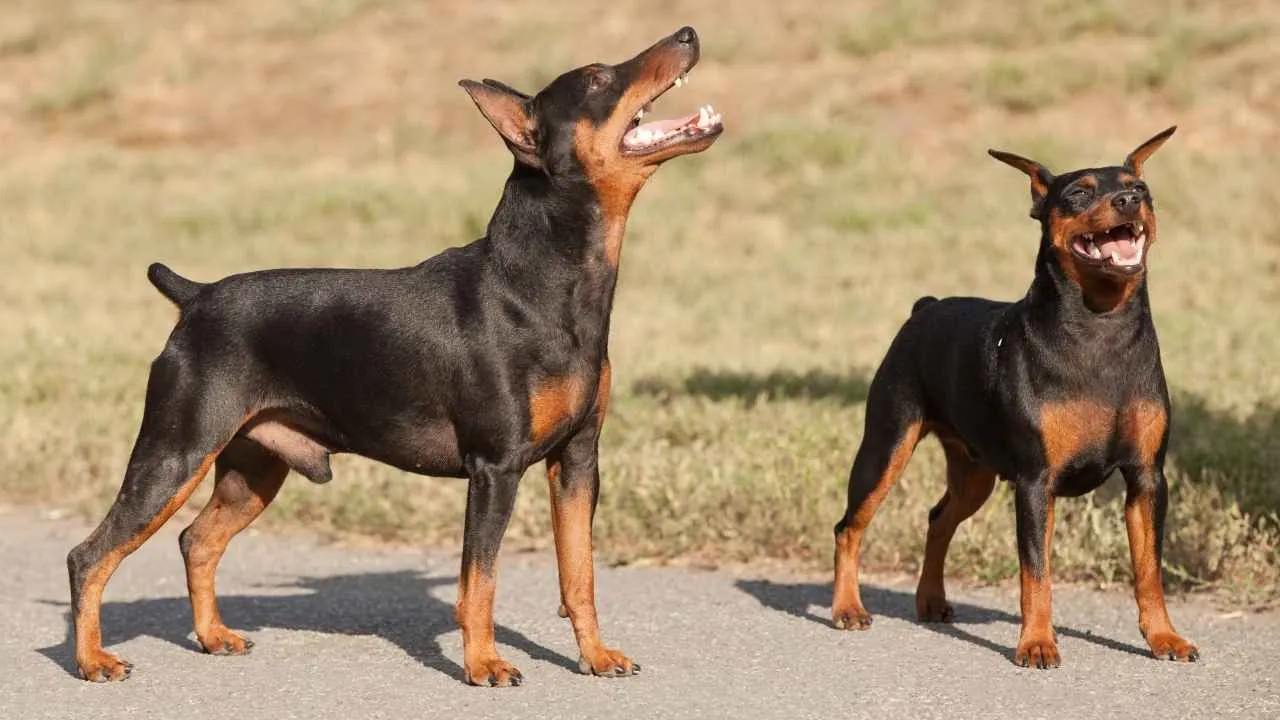
Originating in Germany, the Miniature Pinscher was historically bred for vermin control in barns and farms, known as a fearless ratter rather than a “mini Doberman.” Over centuries, it evolved into a compact, elegant breed with a proud gait and confident presence.
A Min Pin usually stands about 10–12.5 inches and weighs 8–10 pounds, according to AKC. Its temperament is energetic, assertive, and bold; it requires firm, patient training.
Vocal alertness: Quick to raise an alarm with a sharp bark
Territorial attitude: Strong sense of ownership over space
Family suitability: Responsive but may challenge weaker handlers
Best suited to experienced owners who can meet high energy and reinforce boundaries. This breed thrives in homes where secure fencing and regular exercise are provided. Its protective drive and alert nature make it effective in a small watchdog role when properly socialized.
4. Dachshund
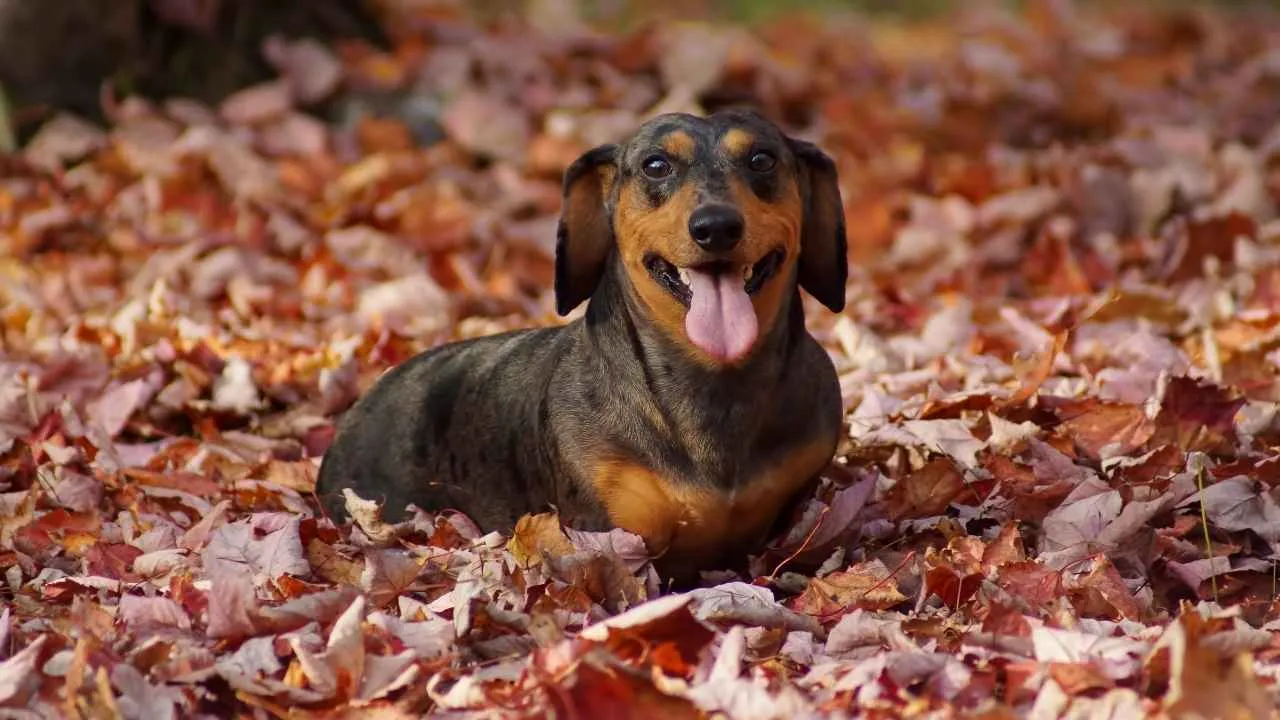
Bred in Germany to flush out and hunt burrow-dwelling animals like badgers and rabbits, the Dachshund’s elongated body and courageous nature made it a fearless hunter despite its size. Originally used underground, it gradually assumed a role as a vigilant household dog over time.
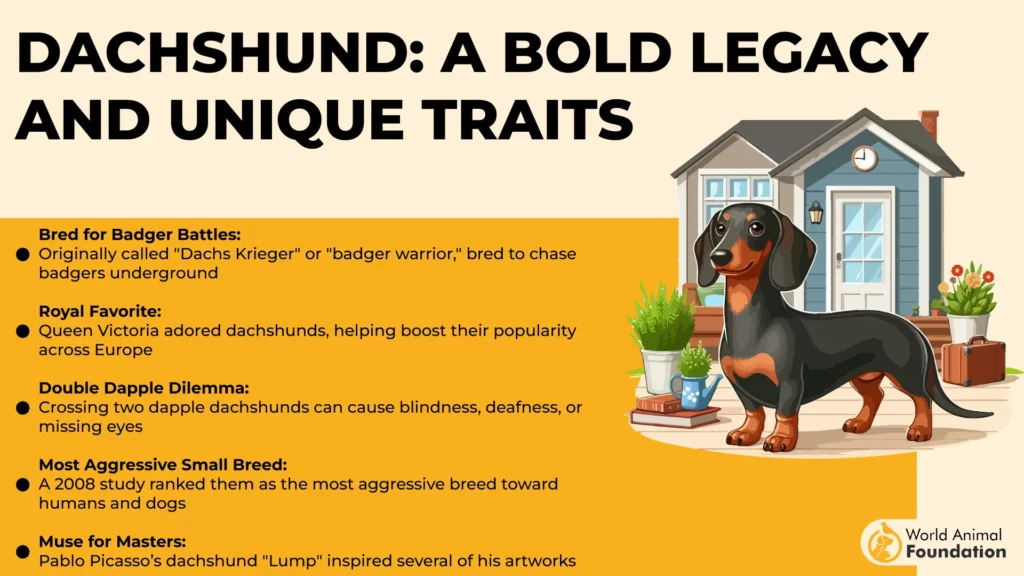
A typical Dachshund stands between 5 and 9 inches and weighs from about 8 to 32 pounds (depending on the breed). They are notorious for their stubbornness and independent streak, but their protective drive often surfaces in warning barks and territorial behavior.
Vocal alertness: Loud bark disproportionate to their size
Territorial attitude: Quick to defend home territory
Family suitability: Loyal to owners, often bonds to one person
Best for owners who understand and accept their strong will and occasional obstinacy. They do well in homes with moderate space but must avoid frequent jumping or strain (due to spinal risks). Their protective alertness suits households seeking a small but vocal watchdog.
5. Jack Russell Terrier
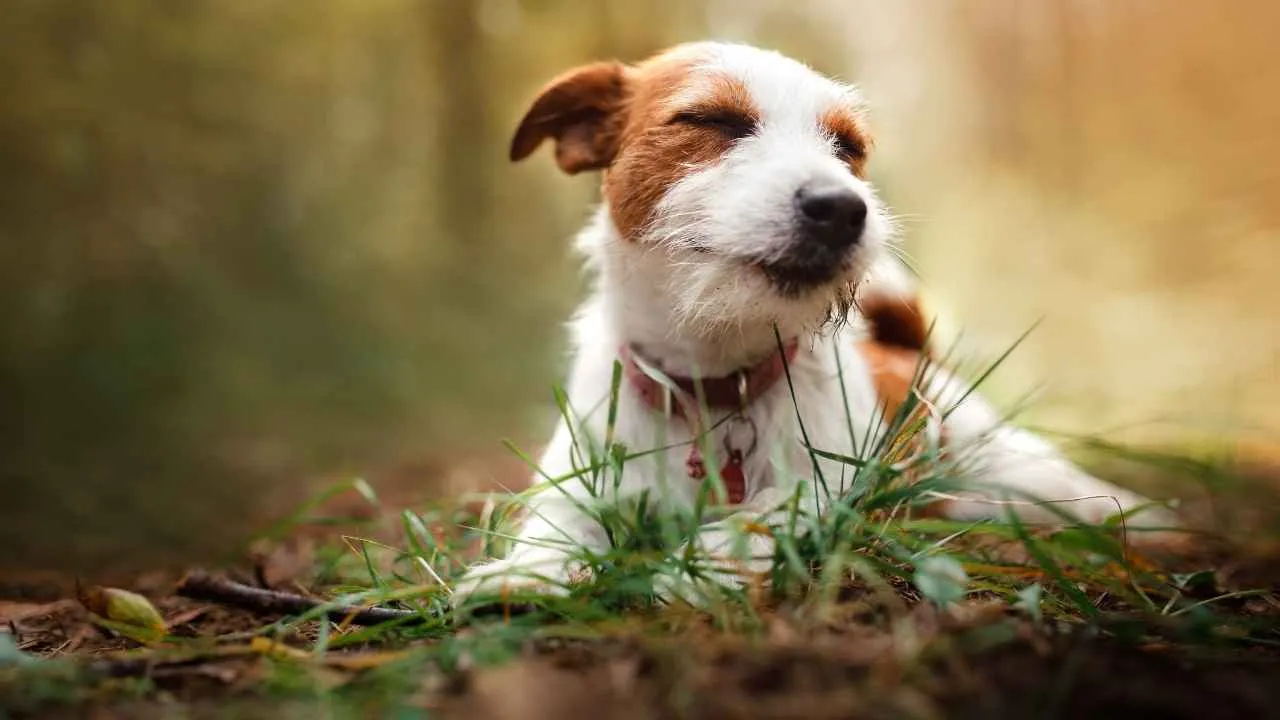
Originating in 19th-century England, the Jack Russell Terrier was developed by Parson John Russell to hunt foxes. Its combination of speed, tenacity, and stamina made it ideal for chasing quarry across varied terrain. Over time, it also gained popularity as a lively companion for active owners.
This breed typically stands 10–15 inches tall and weighs 13–17 pounds. Jack Russells are intelligent, bold, high-energy, and thrive on tasks and structure. Their protective drive isn’t aggression but vigilance—quick to sound the alarm if something seems amiss.
Vocal alertness: Sharp, persistent barking when alert
Territorial attitude: Strong sense of property lines
Family suitability: Works well with active families who attend to its needs
Ideal for experienced owners who can meet their high mental and physical demands. They suit homes with a secure yard and plenty of enrichment. For guardianship, their energy and quick reflexes make them excellent small protectors in the right hands.
6. Pomeranian
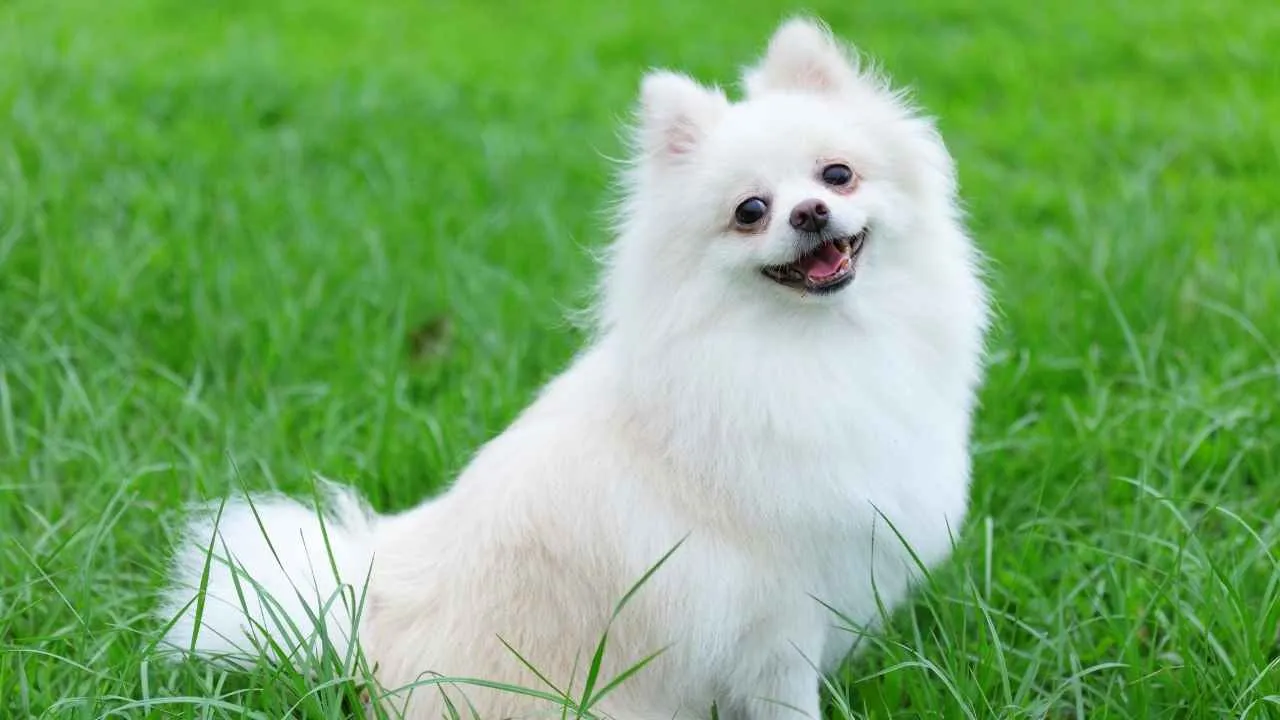
The Pomeranian hails from the larger sled and spitz-type dogs of the Arctic, which were downscaled by breeders in 19th-century Europe into a companion sporting strong spitz traits. Their lineage gives them alertness, agility, and a bold presence in a tiny frame.
Pomeranians typically measure about 6–7 inches at the shoulder and weigh 3–7 pounds. Their temperament includes vivacity, devotion, and strong territorial instincts—making them surprisingly protective.
Vocal alertness: Frequent, sharp bark toward unfamiliar stimuli
Territorial attitude: Confident guarding behavior despite size
Family suitability: Best with owners who provide attention and firm boundaries
Perfect for owners who appreciate a small dog with a big personality. They thrive in environments with frequent human interaction and moderate space. While they won’t physically confront intruders, their constant vigilance and alarm barking boost home security in a compact package.
7. Shih Tzu
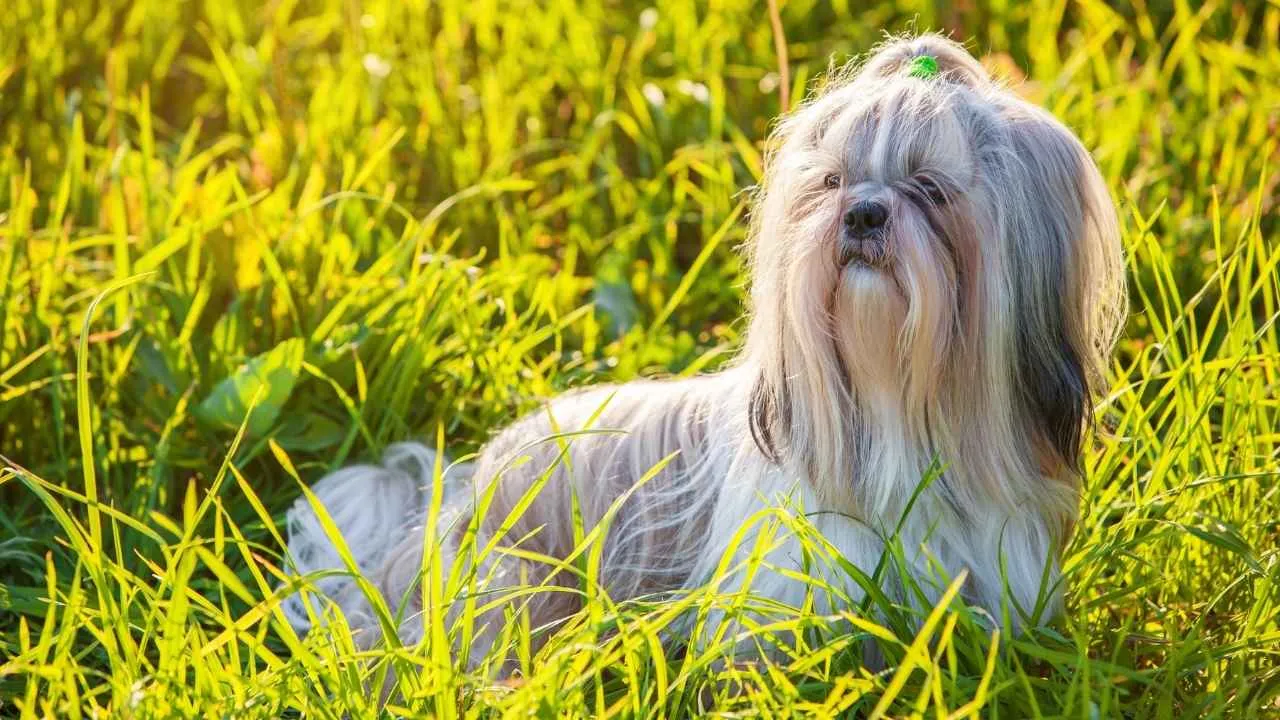
The Shih Tzu’s roots trace back to ancient Tibet and China, where they were bred as companion and palace dogs. Their name in Chinese means “Lion Dog,” reflecting their dignified presence and protective energy.
Compact and sturdy, most Shih Tzus weigh 9–16 pounds and stand around 8–11 inches high. They are affectionate, calm, and sociable—but they can shift to vigilant mode when their family’s safety is at stake.
Vocal alertness: Moderate barking to alert owners
Territorial attitude: Tends to monitor entries and people
Family suitability: Highly sociable and good in homes with contact
Best suited for owners seeking an affectionate companion who also offers a degree of protection. They thrive in households where they are included in routines and receive grooming and attention.
Their protective nature is subtle—less confrontational, more alert—but valuable in its consistency, making them great family guard dogs.
FAQs
1. Do small watchdogs require special training to protect effectively?
Yes, small watchdogs benefit from proper training and early socialization. Teaching them to control loud noises and focus their instinct makes them excellent watchdogs. Without guidance, their protective instincts can become excessive barking.
2. What qualities make a small dog protective of its owner?
Protective small dogs often have sharp instincts, a loyal nature, and strong guarding instincts. These loyal dogs form strong bonds with family members and stay extremely protective of their space. Their affectionate personalities also heighten their awareness of threats.
3. Can small protective dogs adapt well to both city and countryside living?
Yes, many small protective breeds adjust to small apartments or larger homes. With consistent early training and exercise, they thrive in family life. Their adaptable, fun-loving temperaments make them good family dogs in any setting.
Conclusion
Not all guard dogs are big—many small breeds show sharp instincts and incredibly loyal natures. Still, other dogs like the German Shepherd, Doberman Pinscher, and Belgian Malinois remain some of the best guard dogs, trusted for their power and effective protection.
Terrier breeds such as the Bull Terrier, Staffordshire Bull Terrier, and Miniature Bull Terrier also make excellent guard dogs. With proper training and early socialization, these energetic breeds can be great family dogs and form strong bonds with family members.
For pet parents, the choice ranges from fun-loving small protectors to large dogs like Cane Corso or Giant Schnauzers. Each intelligent breed has unique guarding instincts—making them excellent protectors, loyal dogs, and good family pets when raised with love and structure.
👉 Looking for a loyal guard dog? Explore your options and find the best guard for your family life today.


